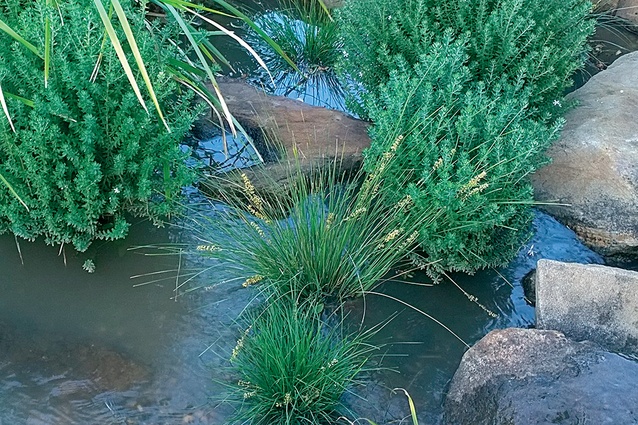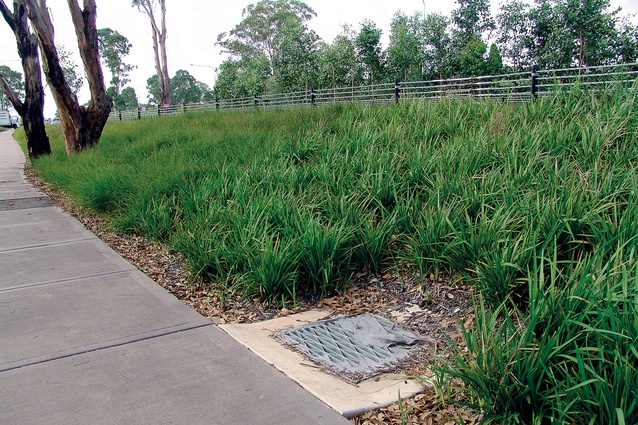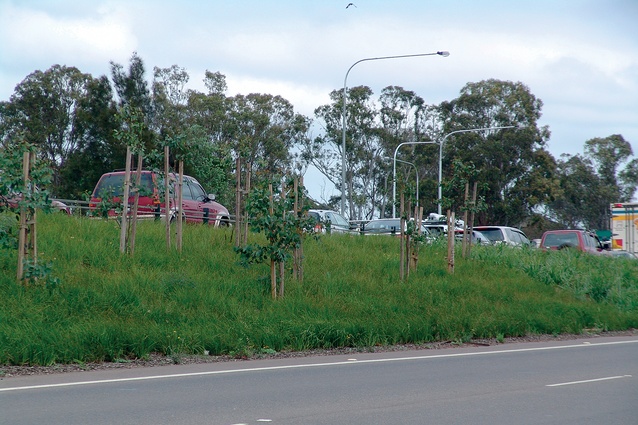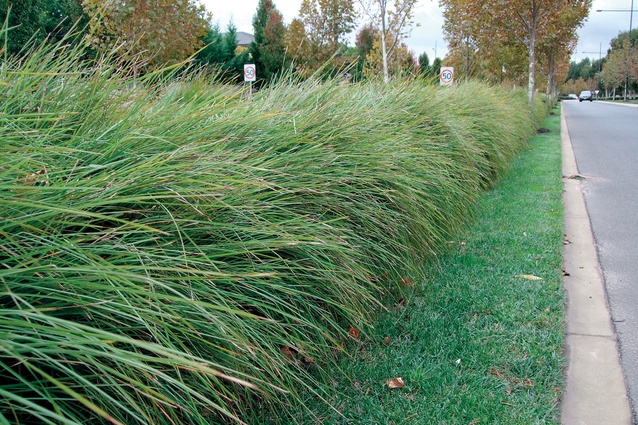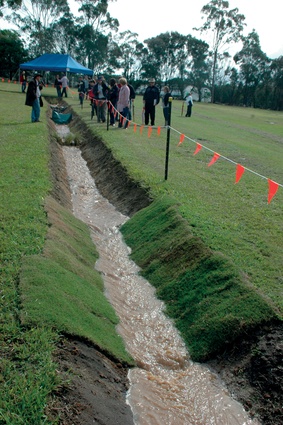Green life for erosion control
Plant breeder Todd Layt examines the efficacy of various plants and grasses for erosion control and gives practical advice on how best to incorporate the preferred species into any project.
Green life has proven to be a great erosion control tool in New Zealand, and also a contributor to better health for people and the environment. Innovative methods, and a vast array of vegetative enhancements, make plants and turf grass highly efficient erosion control solutions.
Live turf grass is an option which has shown in research to be far better at erosion control than seeded revegetation methods. Compared to turf, silt fences and coir logs were shown to be ineffective in silt removal, sediment reduction and as an erosion control measure. They were also far more expensive in comparison to turf.
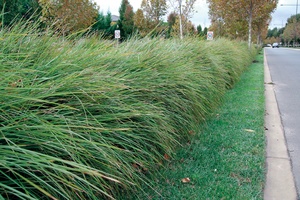
It was found, however, that in some circumstances turf alone would benefit greatly from the use of a combined strategy of silt fences along with turf installation. When it comes to plants, many of the native New Zealand species lack strong underground growth. Phormium, for example, was shown in research to only strengthen the soil 25%. Native grasses and Carex are better performers, although they still brown off in summer and are dormant for much of the year.
Enter evergreen Lomandra – which has been shown in research to strengthen the soil 200% to 300%. The sterile types from Australia are a good choice as they are totally safe. Tanika, Nyalla, and Katrinus Deluxe Lomandra are best for slopes. Research presented at the erosion control conference in Florida, showed Tanika strengthened the soil up to 250% or 25.9 kPa, while Katrinus Deluxe strengthened the soil 366% or 39.6 kPa, and Nyalla 328% or 36.1 kPa. Nyalla is the best for coastal stabilisation.
Although there are native solutions for drainage channels and bio-retention swales, many have problems. Case in point: Phormium has a weak root system, does not bend as well as other plants in high flow situations, and can be knocked over. Using Lomandra in bio-filtration systems has shown that they are effective filters of nutrients and particularly good at the removal of heavy metals in all seasons.
Until now, New Zealand has not had a sterile Lomandra that can cope with wet feet, as well as dry. Evergreen Baby, a low-growing Lomandra, can cope with very wet feet, and is ideal for bio-retention swales. Although some research showed Carex and grasses can be better when actively growing and young, the study also found that, when mature, Carex was no better than Lomandra for removal of heavy metals and nutrients. Further, Carex and grasses have long periods of dormancy and poor nutrient soaking, while Lomandra grows all year making it a better choice.
In other research, Lomandra performed better than shrubs and most other plants at absorbing cadmium, copper and lead, and was effective at absorbing zinc. Lead, in particular, was taken into the roots at a high rate and at a good rate into the leaves. This effective heavy metal removal is an important reason for Lomandra to be used in large numbers on every roadside.
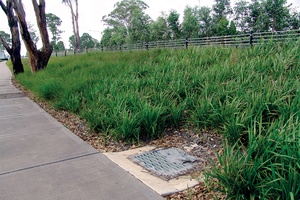
Other highly effective erosion control plants include those with highly fibrous roots systems that bind the soil, such as native New Zealand grasses and Dianella. Breeze Dianella strengthened the soil 297% and Little Jess Dianella 181%. In contrast, non-fibrous root system plants, such as shrubs and ground covers, rarely strengthened the soil by 50%. This shows how important evergreen strappy leaf plants and bigger New Zealand native grasses are for surface erosion control.
If temporary erosion control is needed until these plants establish, an organic mesh is often used. Jute is a very good temporary erosion control material, but only if you use the right type. Jute mesh (with holes) allows water to pass through to the ground below, and lets the plants thrive. Thick jute weed mats (with no holes) may be good at stopping weeds, but they are also good at preventing moisture from filtering into the soil below, and often become hydrophobic. This creates an environment that is hostile for long-term survival. So be sure to use jute mesh that lets water through easily.
Plants or turf combine well with 3D geotextile products to provide long-term erosion protection. Sometimes hard concrete or gabions are needed. But, in many cases, that simply moves the issue of nutrients and heavy metals to somewhere else rather than fixing the problem. The kPA, and erosion control percentage-increase data, can help landscape professionals work better with engineers and and other building professionals to come up with a natural solution.
Green life has been proven to improve people’s health from an emotional and physical aspect, keep our cities cooler, and reduce pollution. Green life can be the answer to most erosion control problems, so let’s embrace it.

